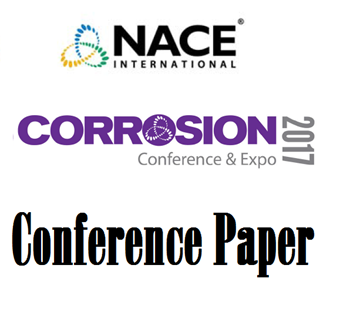Search
A Recent Case Of Intermetallic Precipitations In Super Duplex
Also Purchased
Effect of Microstructure on the Corrosion Resistance of Super Duplex Stainless Steels: Materials Performance Maps
Product Number:
51317--8923-SG
ISBN:
8923 2017 CP
Publication Date:
2017
$20.00
Influence Of Thermomechanical Processing On Mechanical Properties And Corrosion Resistance Of Super Duplex Stainless Steel UNS S32750.
Product Number:
51322-17613-SG
Publication Date:
2022
$20.00
Failure Cases Of Super Duplex Stainless Steel Pump Components
Product Number:
51322-17689-SG
Publication Date:
2022
$20.00
Recently viewed




